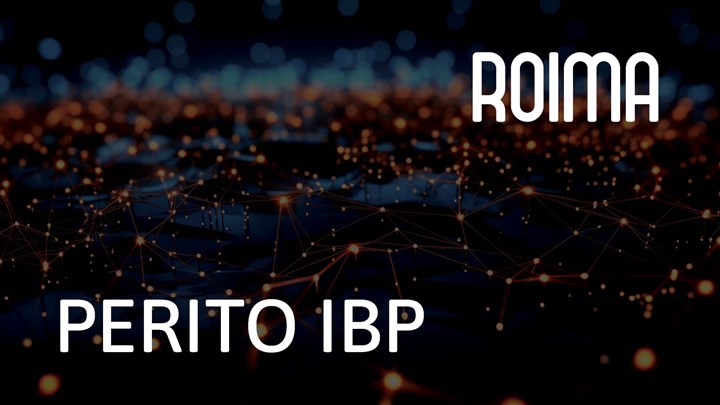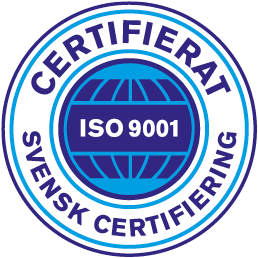Resilience and sustainability in the post-pandemic supply chain
We are not quite post-pandemic yet. However, the pandemic has really shown us the importance of continuously working towards the future supply chain strategy. In other words, the pandemic is a good reason to work towards a more resilient and sustainable supply chain. But how should you begin the process of building a more resilient supply chain? How do you find the balance between resilience and efficiency?
We covered this topic during our recent talk with those responsible for Dinex’s supply chain, Mads Nielsen and Birgit Bæk Thomsen. Keep reading to get an overview of how to get started on building a more resilient and sustainable supply chain.
1. Resilience vs. efficiency
The balance between a resilient supply chain and an efficient supply chain can be hard to find. The ideal balance is to work towards more resilience without sacrificing efficiency where it is needed. This is possible. But to begin, you need to be able to see your company from above.
According to Birgit Bæk Thomsen, you can only begin implementing new supply chain strategies when you see your company as a whole.
Thomsen specifies that you need to identify the important aspects defining your company, such as:
- What are your value propositions?
- What are you offering your customers?
- Are you operating in a cost-leadership market?
- Are you a high-quality brand?
- Do you have strong supply?
The different aspects of your company and the quality of your current supply chain must be identified, as they help highlight areas that need a resilient strategy and areas that need a more efficient approach. As Thomsen states:
“There might be a need for you to be extremely resilient in your transportation setup; however, within production you need to be much more efficient.”
The takeaway from this is that every business is different, and different supply chains need different setups. It is not “either or” when it comes to resilience and efficiency in your supply chain. Working towards a more resilient supply chain is only beneficial if you are looking at the right areas. The key objective is to figure out where you need different strategies. In the areas that need more resilience, it is important to look at reducing the overall recovery time.
This leads to the next step.
2. Reducing recovery time
How long does it take for your supply chain to recover when there is a disruption? 6 weeks? 12 weeks? Longer? Your supply chain managers should be able to say exactly how long it takes to recover at every point in your supply chain at any given moment.
But why is recovery time important to mention in this setting? Because it is not possible to talk resilience without mentioning recovery time. It’s the keyword for a more resilient supply chain. Therefore, to get a more resilient supply chain, you need to highlight areas with long recovery periods and areas with shorter recovery timeframes.
- At first, you need to look at areas with longer recovery times. Longer recovery times are usually associated with areas that are critical for your business. Keep your focus here at the beginning. You should never implement a general resilience strategy in your supply chain. By focusing on this area specifically, you will not get overwhelmed and will be able to experience the positive outcomes.
- Later in the process, you can look at the areas with shorter recovery times. Shorter timeframes for recovery require clearer recovery strategies. This could be achieved by moving towards more digitalized and automated solutions. But before starting an automation process, you need to look at all the supporting factors that can reduce recovery time when the next disruption occurs.
Today, Dinex works according to this approach. The next phase is automation and digitalization of their supply chain.
Their future supply chain strategy is highly focused on localization and sustainability, which will be covered in the next step.
“…Through our partnership with PERITO, we can leverage our core competencies much better and improve our collaboration with the global sales organization. We now have one unified and much more accurate Bang & Olufsen’s demand outlook.” Jacob Frederiksen, Sr. Director, Planning & Operation, Bang & Olufsen
3. Resilience and sustainability ensured through localization
The future is greener in terms of supply chain management strategies. Therefore, sustainability cannot be left out when discussing upgrading and handling future crises. Correspondingly, sustainability is on Dinex’s agenda now and in the future. Thomsen states:
“It is in the nature of Dinex’s business to strive towards more sustainability. We deliver emissions solutions to manufacturers, so it is one of our main KPIs and part of our scenario planning for the future.”
One major harm to the environment is related to deadstock. Producing and throwing away is one of the worst ways to keep a supply chain running and it is also extremely bad for the environment. Therefore, reducing deadstock and overproduction should be on the agenda when building your future supply chain.
How do you overcome the obstacles related to deadstock?
First, you need to understand your demand. This is seemingly simple, yet also challenging. Nielsen calls it being “eco-efficient”:
“Moneywise, it is smart and on top of that it is more sustainable as well.”
But how do you understand your demand and become more eco-efficient? One way is through a stronger focus on localization. This is an area within sustainability that Dinex is working towards becoming even better at. A localization strategy is implemented by trying to sell products close to the areas where they are manufactured. In that way, working on a more resilient and sustainable supply chain at the same time.
In summary
In short, your future supply chain should be more resilient and sustainable.
The main takeaways from this article are:
- Work towards a more resilient supply chain by identifying important aspects that define your particular business. Figure out where you need to be efficient and where you need more resilience.
- Start by focusing on areas with longer recovery times, then move on to areas with shorter recovery timeframes.
- Find out where to automate and digitize your supply chain planning.
- Minimize deadstock by staying on top of your demand and focusing on localization strategies.












